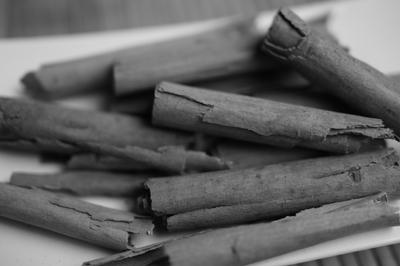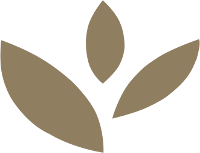Madagascar cinnamon
Besides Sri Lanka, Madagascar is one of only a few countries where Ceylon cinnamon or so-called True cinnamon grows in abundance. While the tree is native to Sri Lanka, the plant was probably introduced to Madagascar in the 17th century by sailors crossing the Indian Ocean on their trading routes. Cinnamon grows in many areas of Madagascar, with the most producing areas found within the Atsinana and Analanjirifo provinces. Madagascar's cinnamon grows best in sandy earth, where the trees can reach a height of 15 metres in their natural state, but which are cut shorter during harvesting. Harvesting is done after the rainy season when the bark is moist and rich in essential oil responsible for the cinnamonís spiciness. Only the inner bark is used for the spice.
Cinnamon grows in many areas of Madagascar, with the most producing areas found within the Atsinana and Analanjirifo provinces. Madagascar's cinnamon grows best in sandy earth, where the trees can reach a height of 15 metres in their natural state, but which are cut shorter during harvesting. Harvesting is done after the rainy season when the bark is moist and rich in essential oil responsible for the cinnamonís spiciness. Only the inner bark is used for the spice.Cinnamon is used in a variety of traditional medicines and has several health benefits, as well as negative side effects if taken in large doses. However, Madagascar and Ceylon cinnamon contains very low amounts of coumarin in comparison to Cassia cinnamon. Coumarin is a slightly toxic substance, which should be avoided if taking cinnamon regularly as a health supplement. Madagascar/Ceylon cinnamon contains at least 250 times less coumarin than its Cassia cinnamon counterpart which grows in China and parts of South East Asia.
In addition to various health benefits, cinnamon is known to control blood sugar levels which can help prevent diabetes. The spice is reportedly even effective against Alzheimer.
Scientific names for Madagascar's cinnamon are Cinnamomum Zeylanicum (Ceylon cinnamon) and Cinnamomum verum (True cinnamon). Partly for historical reasons and partly because of the reference to Ceylon, Cinnamomum Zeylanicum is still today the widely used botanical name for the plant in Sri Lanka. Elsewhere, Cinnamomum verum, which means True cinnamon in Latin, is the more commonly used as well as the current official scientific name for the plant. After all, "true" refers to "real" cinnamon, which also grows outside Sri Lanka, rather than Cassia cinnamon (Chinese cinnamon) or other types of different but still related cinnamon species originating from China and South East Asia.
Ceylon and Madagascar cinnamons have a mild, subtle, citrusy and zesty taste, which is ideal to enhance deserts, for example in vanilla cinnamon rolls, muffins, sweet crepes, apple pie....
The slightly sweet taste of Madagascar cinnamon makes it an excellent addition to tea and topping on cappuccinos combined with some cacao powder. In Madagascar, pure cinnamon tea is often served in "hotely's" (small Malagasy restaurants) and at food stalls along roadsides etc. Ceylon and Madagascar cinnamon alike is sometimes referred to as "Gourmet Cinnamon".
